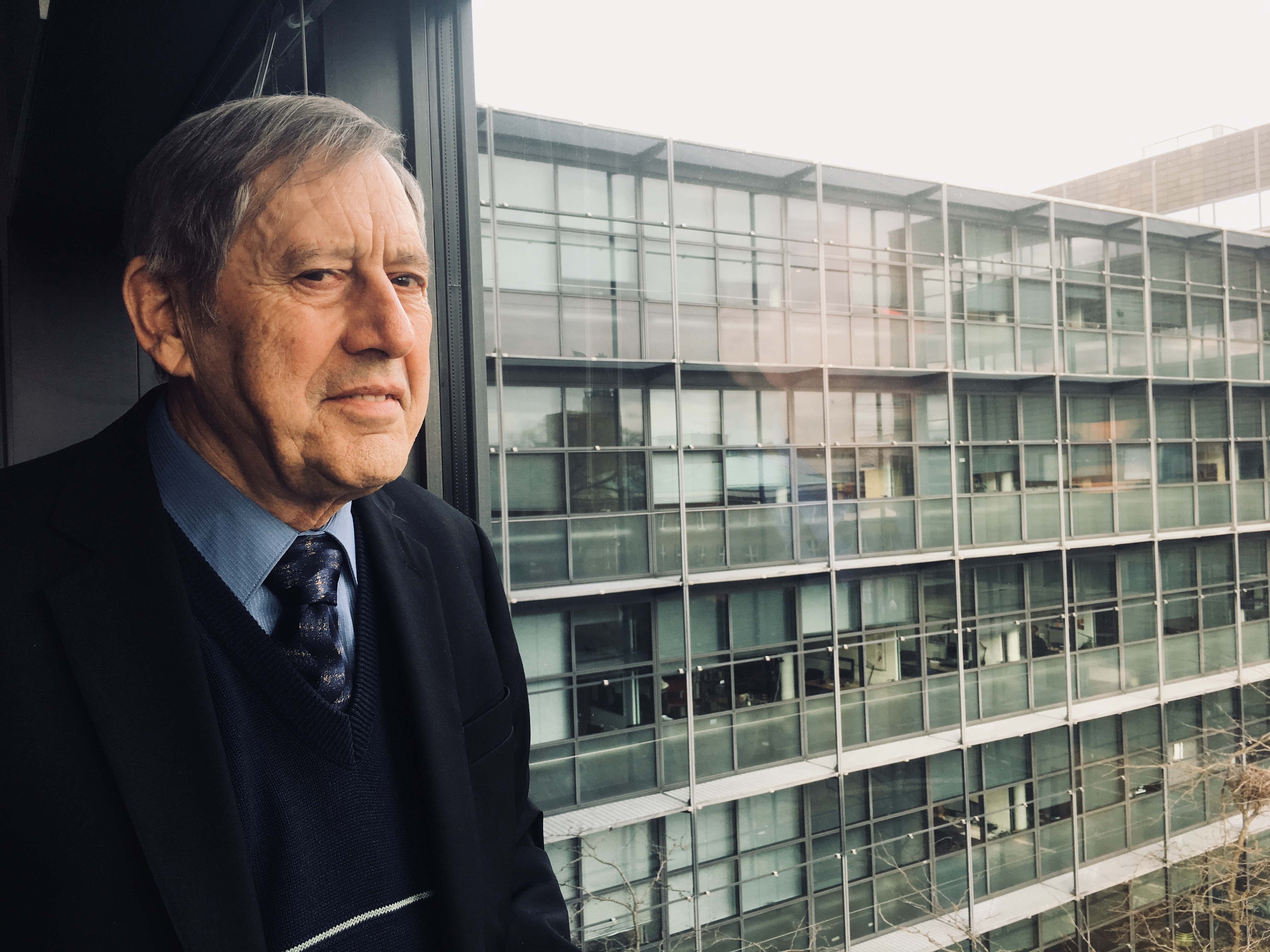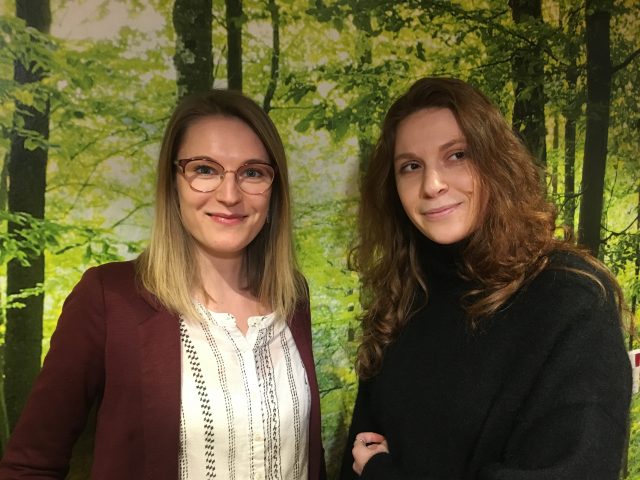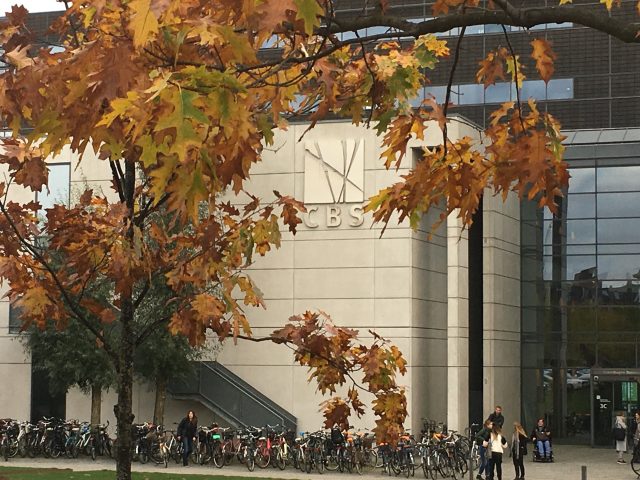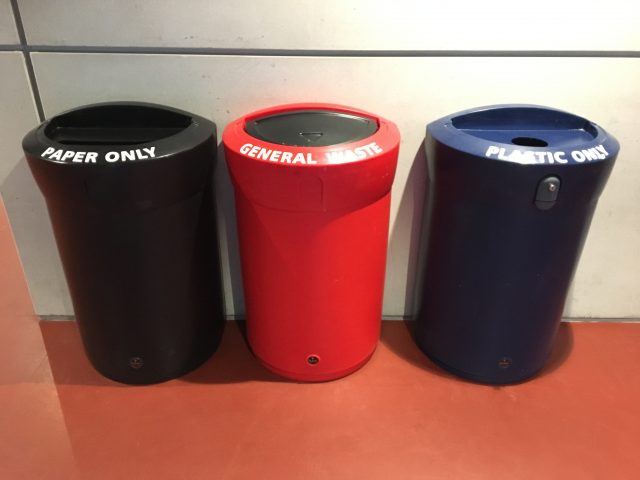Professor: We need to teach kindergarteners about sustainability

Donald Huisingh is turning 81 in a couple of weeks, and he has been learning all his life. And so it should be if we want to face the challenges of planet Earth. (Photo: Anne M. Lykkegaard)
If we want to accelerate the transition towards a sustainable society, we need to start with the kindergarteners. Education and teaching in sustainability is the prerequisite to finding the solutions to the problems our planet is facing, argues Professor Donald Huisingh from the University of Tennessee. The solutions could include better design of the systems and machines that surround us.
“I’m turning 81 in a few weeks, and I’m still learning. And everybody should be encouraged to continue to learn,” says Donald Huisingh, Professor at the University of Tennessee, and editor emeritus of the scientific Journal of Cleaner Production.
Donald Huisingh had been invited to talk about the transition to equitable, sustainable, livable and post-fossil carbon societies at CBS, and according to him, the best way to get there is through life-long education.
“We educate and teach far too little about sustainability. We need to start at the kindergarten level, and then it should continue from there,” he says.
And the universities are on the case.
Donald Huisingh started the scientific journal, Cleaner Production, 26 years ago. To begin with, the journal received about 1,000 new manuscripts a year, focusing on sustainable and clean production in all its aspects. Today, the journal receives more than 10,000 new articles a year.
We waste 50 percent of the food from farm to fork
Donald Huisingh
However, it is not quite enough to have researchers producing a lot of scientific articles. Everyone needs to be involved, as Donald Huisingh emphasizes that it’s of great importance that the students, as well as the researchers, engage across subjects, faculties, and universities in order to get a holistic view on sustainability and its challenges.
“We need to educate students to understand that they play an important role in this transition. It’s not a mono-solution that’s going to make the changes, we need multiple approaches. For instance, we should teach the undergraduates how to make research projects that find the solutions from a holistic point of view,” he says.
Practice what you preach
11 special volumes focusing on what the universities are doing as institutions have been released as a part of the scientific journal, Cleaner Production.
Donald Huisingh explains that researchers have looked into various questions such as, what courses are being taught, how many, how much of the curricula is focusing on sustainability, and whether there are a lot of interdisciplinary research projects on the theme. And this is an increasing trend.
“The past five to six years we have seen an increased focus on introducing courses about sustainability and improving the curricula. There is more, but far less than we need,” he says and agrees that universities need to act sustainable as institutions as well.
“Unfortunately, I hear from many sources that the universities are not practicing what they preach. From an academic point of view, the universities need to work with the local community, as the different researchers play an important role in developing new and better systems,” he says.
50 percent is wasted from farm to fork
Outside of focusing on holistic education in sustainability, Donald Huisingh argues that what is being taught, and the solutions proposed by students and researchers should focus on prevention.
“An ounce of pollution prevention is worth over 167 million pounds of cure. We need to focus on prevention. The prevention of food waste, prevention of waste in production, prevention of water waste, and prevention of waste in general. We waste 50 percent of the food from farm to fork,” he says and continues:
“And how do we do that? It’s about the design of the products and systems we use. We need to optimize the design to be upgradable, durable, repairable, remanufactureable, and use less resources in general. Basically, design for the environment,” he says and gives an example from his own household.
“We have a washing machine which uses 90 percent less energy. And I’ve heard of washing machines with a spin-dry so efficient you only need to hang it for a short time to get it 100 percent dry. Then you don’t need two machines. It’s all about the design,” he says.




































































































































Comments